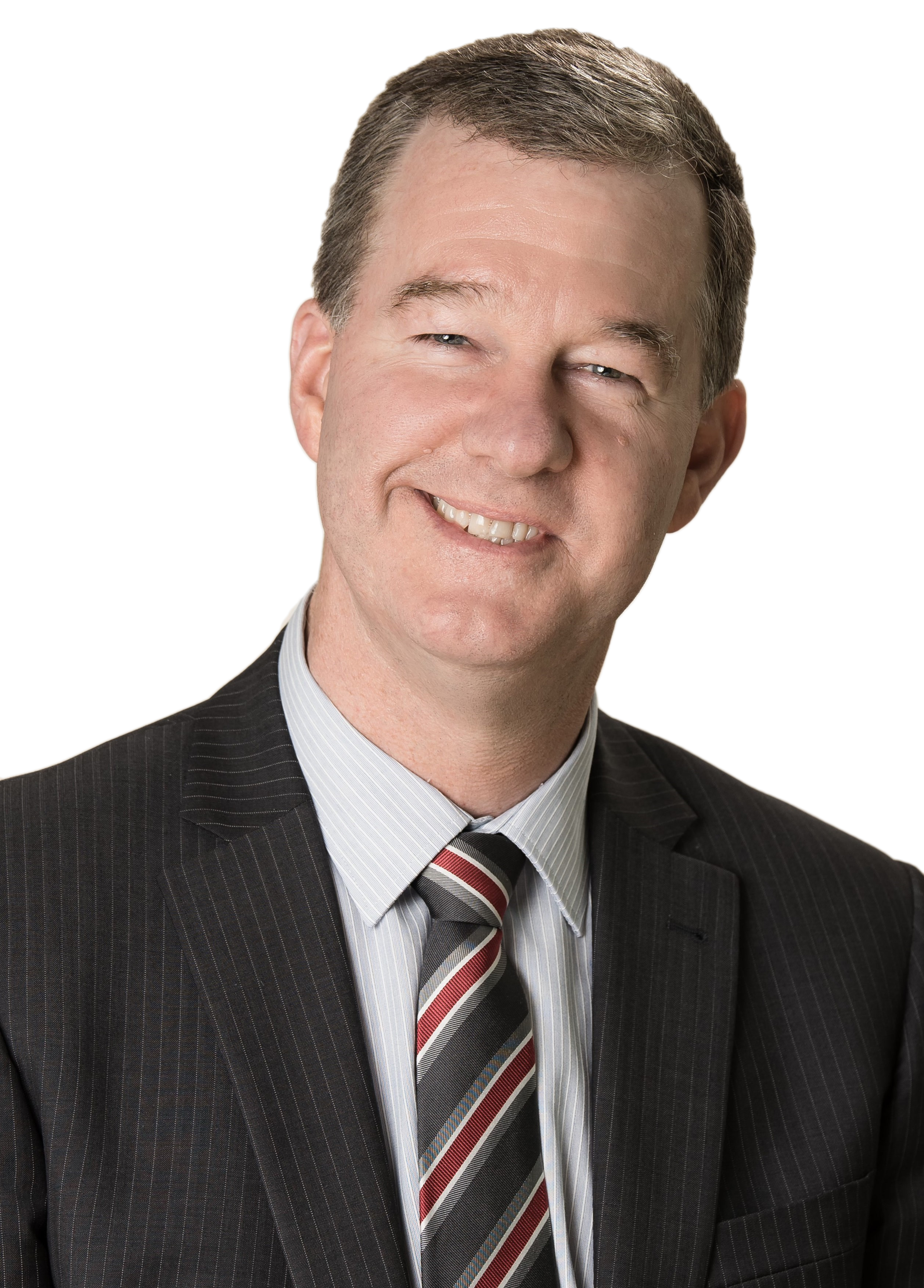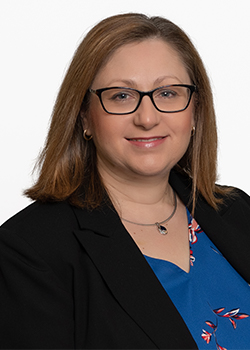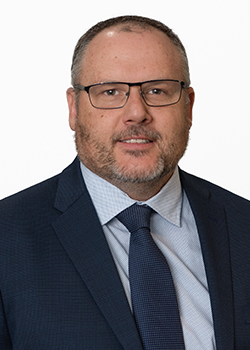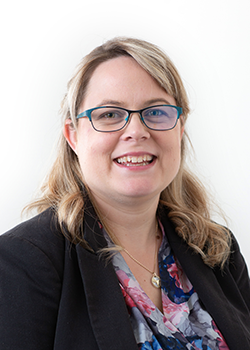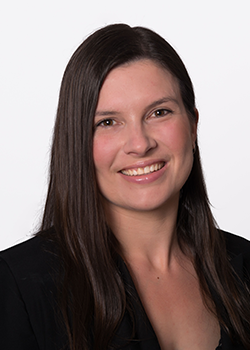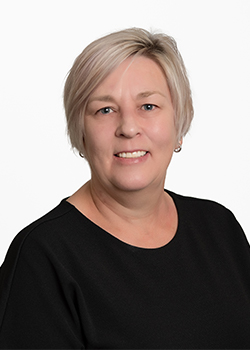Where self-managed super funds are investing

Last year was a bonanza year for most investors, largely thanks to the strong returns from share markets and property.
The main beneficiaries included do-it-yourself investors, superannuation fund members, and the 1.1 million Australians who are in both boats, because they invest through self-managed superannuation funds (SMSFs).
Recently released Australian Tax Office data shows that by the end of 2021 the total assets held within SMSFs had surged by almost $100 billion from the end of December 2020 to a record $877 billion.
That represented a 13 per cent lift in total SMSF superannuation assets. But where were the key gains?
Broken down, the value of investments in Australian shares jumped by around $30 billion, or almost 15 per cent, to more than $241 billion.
It's the largest single asset class for SMSFs, and the growth over the last 12 months reflected the solid returns from the Australian share market last year.
Property investments were also a big growth area for SMSF investors in 2021.
During the year the total value of SMSF investments in non-residential real property (primarily office space, retail shops and warehouses) rose more than $15 billion, or by around 22 per cent, to more than $91 billion.
Likewise, the value of investments in unlisted trusts, which also typically relate to property assets, rose almost $18 billion, or 18.5 per cent, to $115 billion.
Skewed allocations
What's interesting from the ATO data is the asset areas where most SMSF members' superannuation money is being invested.
The ATO data breaks down SMSF investments into 20 different asset class segments, including money invested into public and private assets.
In doing this, the ATO is aiming to get a very detailed picture of where investors are putting their money.
What's clear is that Australian shares, as a single asset class, represent about 27 per cent of total SMSF assets.
Put another way, there is a very strong "home bias" towards companies listed on the Australian Securities Exchange.
Compare that with direct holdings in international shares, which have outperformed Australian shares over time. At the end of last year SMSFs had combined holdings in international shares worth $12.7 billion, which represents only 1.5 per cent of SMSF total assets.
However that figure does excludes the number of international shares held indirectly through managed investments, which the ATO bundles into another asset class category.
The ATO data shows there's $47.5 billion of SMSF money held in managed investments, such as managed funds and exchange traded funds.
But keep in mind this total also includes indirect holdings through different managed funds in Australian shares too.
Property is another key focus for SMSF investors. If all of the ATO's asset class segments related to property investments are added together, the total potentially exceeds the amount of money being held in Australian shares.
Those segments include both residential and non-residential real property ($140 billion), listed trusts ($54 billion), and unlisted trusts ($115 billion).
The other big investment holding for SMSF remains cash and term deposits.
At 31 December they were holding $148 billion in cash – the lowest returning asset class. In terms of total SMSF assets, cash represents a sizeable 17 per cent.
By contrast, higher yielding debt securities, encompassing low-risk, highly rated government bonds, account for less than 2 per cent of SMSF assets.
Getting a good balance
The primary reason that most people set up a SMSF is to have total control over how their super money is invested.
But it's evident some funds are probably not as diversified as they should be, because they have too much of their money invested into just a few asset classes.
For example, the ATO data suggests many SMSFs may have overweight holdings in Australian shares, direct property, and cash.
There may be sound reasons for individual strategies.
Higher holdings in Australian shares may reflect tax benefits, such as being able to use dividend imputation credits to reduce taxable income.
Large direct property investments may also reflect the ability for SMSFs to own commercial properties that are used as business premises by fund members.
And some SMSFs may have relatively high cash allocations to ensure they can smooth out income payments to members in pension phase, especially during times of heightened volatility on financial markets.
Others may be keeping cash on hand to make lump sum withdrawals during retirement.
A good asset allocation strategy needs to align to your specific requirements, as well as your risk profile, to ensure your long-term investment goals are achieved.
Ideally, it should include exposure to different asset classes, such as shares, bonds and property, and have a spread of investments within asset classes, such as in different countries, sectors and securities.
Tony Kaye
29 Mar, 2022
vanguard.com.au

